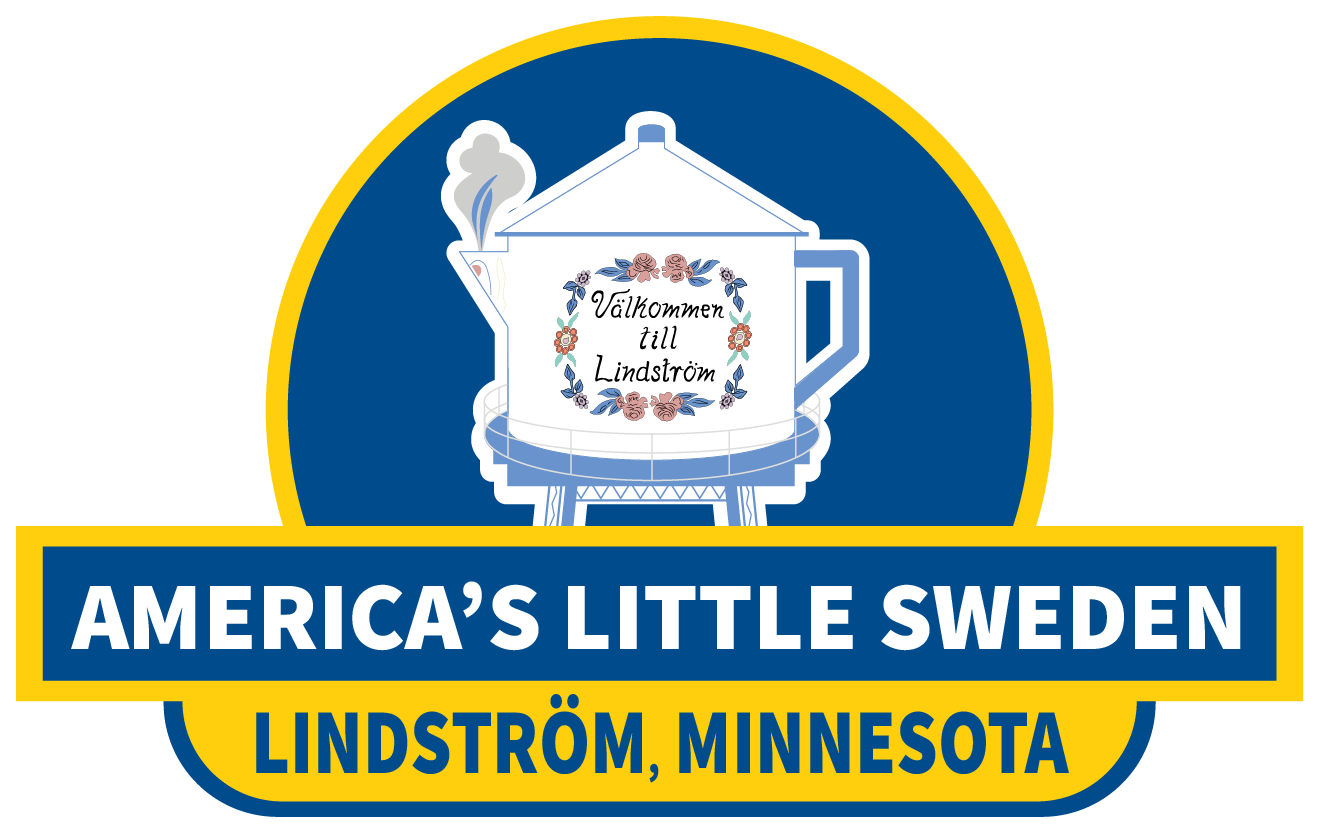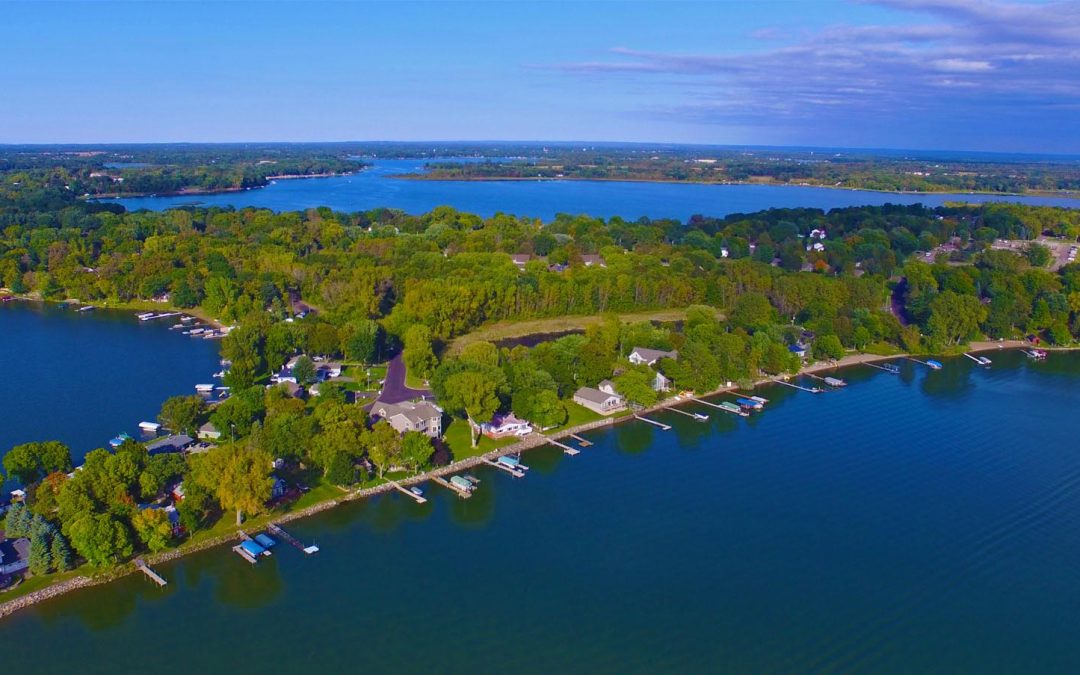The Chisago Lakes Area in Chisago County Minnesota, is known as “America’s Little Sweden”. The area was settled by Swedish Immigrants in the 1850’s, and the community continues to embrace their Swedish Heritage today.
In 1910 Minnesota had the highest population of Swedish Born immigrants comprising 13% of the population. Chisago County had the highest concentration of Swedes in the state. The City of Lindstrom, named after Daniel Lindstrom, had 92% Swedish born residents in 1920. Lindstrom was known as “Resort Town” as it was surrounded by lakes.
The Chisago Lakes Area encompasses several cities including Chisago City, Lindstrom, Center City, Shafer, and Taylors Falls. There are five large recreational lakes, over 20 miles of riverfront, and dozens of smaller lakes.
The name “Chisago” comes from the Dakota word Ki Chi Saga meaning fair, lovely, large which is how they described the lake. The Swedes referred to the lake as Swede Lake or Big Lake. The lake was divided by the railroad into 5 lakes, North Center, South Cener, North Lindstrom, South Lindstrom, and Chisago Lake, in the 1880’s when Danile Lindstrom sold some of his land to the railroad.
In the 1940’s the railroad tracks were removed and replaced with a road for automobile transportation, which was later named Minnesota Highway 8.
Vilhelm Moberg
The Chisago Lakes Area was made famous by Vilhelm Moberg (1898-1973). He was a prominent Swedish author, born in Moshultamåla, (Smaland) Sweden.
Vilhelm Moberg came to the Chisago Lakes Area in 1948 and spent the year interviewing Swedes that left Sweden for America and researching historical documents for his books.
Vilhelm Moberg wrote a series of four novels about Swedish Emigration to the Chisago Lakes Area. In Sweden and Norway students’ study Moberg and read the series. The Chisago Lakes Area is a popular destination when Swede’s visit America.
The Emigrant Series
- The Emigrants (1949)
- Unto a Good Land (1952)
- The Settlers (1956)
- The Last Letter Home (1959)
Sweden lost about 20% of their population to America in the 19th Century, due to economic hardship in agriculture, a population growth putting pressure on resources, and religious repression by the Swedish Lutheran State Church.
The United States offered the promise of fertile land, job opportunities and a chance for a better life. The early emigrants sent letters home to Sweden, describing the American Midwest as an earthly paradise, and encouraged others to make the journey.
Most of the Swedes that settled in the Chisago Lakes Area, came from Smaland Sweden, in the southern part of the country, which is known for over 5,000 lakes and dense forests. Swedish visitors often comment on how similar the Chisago Lakes Area and Smaland appear.
Minnesota, with its vast tracts of fertile land, was a prime destination for settlers. The state saw a significant influx of immigrants, particularly from Scandinavia, who took advantage of the Homestead Act to establish farms and communities.
The Homestead Act played a crucial role in shaping the demographic and agricultural landscape of Minnesota during the 19th century. It encouraged settlement and development of the frontier.
Any adult citizen or intended citizen could claim 160 acres of public land, provided they improved it by building a dwelling and cultivating the land for five years. Agriculture became the backbone of the economy, with dairy farming, wheat, and corn production.
The railroad and later the Highway System brought more connectivity, leading to increased tourism and recreational opportunities. The county’s numerous lakes, parks, and trails made it a popular destination for outdoor enthusiasts.
The desk where Vilhelm Moberg sat in 1948 to write his first book in the Emigrant Series, is still on display at the Chisago County Press, along with a statue of the main characters in the book, Karl Oskar and Kristina, on the front lawn.
This Chisago County Historical Society in Downtown Lindstrom. (website link).
The Swedish Gift Store works closely with Swedish and Scandinavian manufacturers to import products and provide a cultural experience to visitors. There you will find food, candy, books, jewelry, clothing, trolls, tomte, Dala Horses, artwork, and much more.

